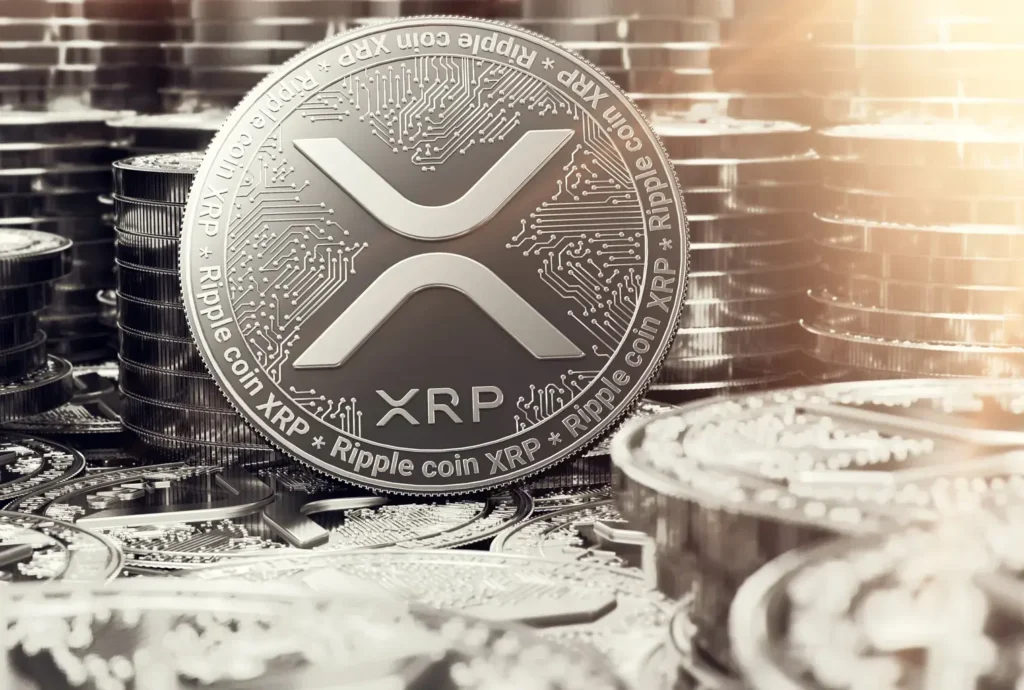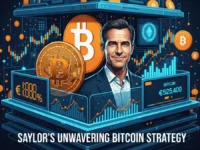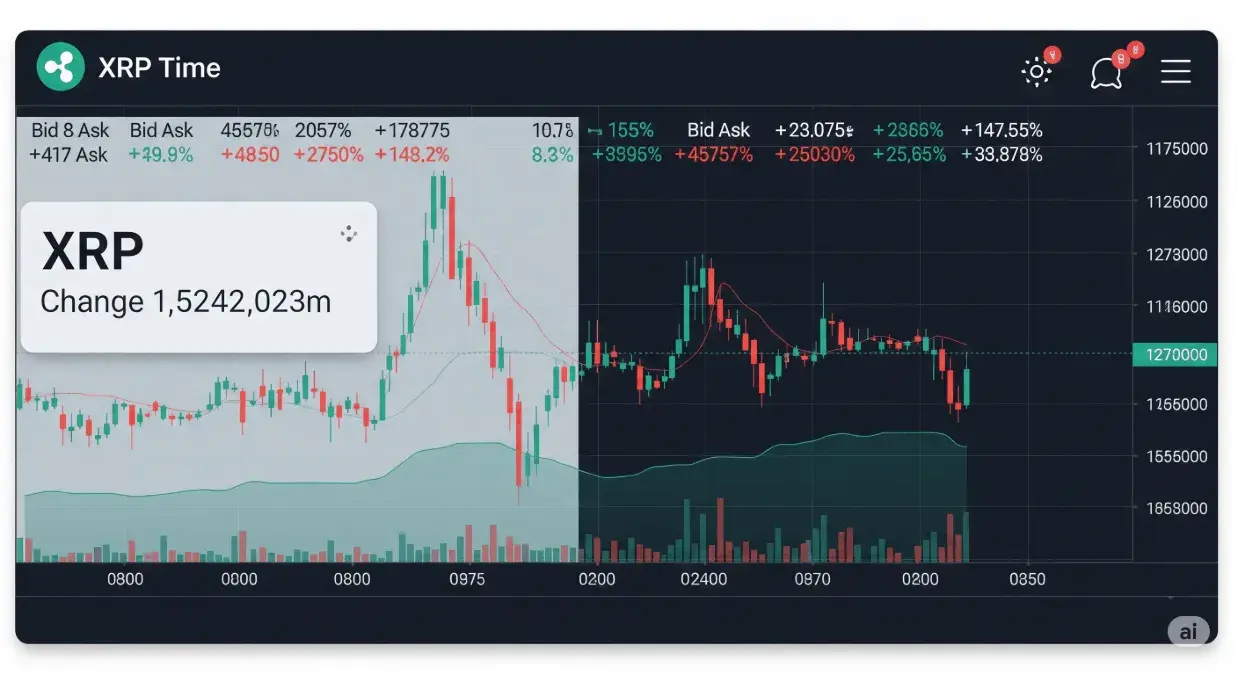Why distrust in XRP is growing after a yearly high

After XRP celebrated massive success with a positive court decision, critical voices are now coming to the public. A knowledgeable lawyer warns against jumping to conclusions, while an investment expert denies the economic success of the cryptocurrency.
XRP: This is why distrust is growing after the yearly high
XRP recently hit a new yearly high with publisher Ripple’s court success in removing the cryptocurrency from being treated as an illegal security. Nevertheless, distrust is now growing after criticism has been leveled at several places.
John Reed Stark, a former lawyer for the SEC, which is still in dispute with Ripple, warns against premature declarations of success and joy. In a detailed post on LinkedIn, the lawyer criticized the court decision and Ripple’s subsequent reaction.
Since the judgment almost a week ago, the crypto company and large parts of the crypto industry have believed that they have won the groundbreaking conflict with the SEC. However, Reed believes that Judge Analisa Torres’ decision cannot necessarily be understood by her colleagues.
If the SEC seeks an appeal and there are renegotiations, the verdict then reached could be very different, according to Reed. Torres’ decision is “on shaky ground,” he writes.
“Does the verdict make sense to me? No!” , Reed states explicitly. Judge Torres had stated that “programmatic sales” in an open marketplace such as a crypto exchange cannot be considered an investment contract and therefore do not fall under the Securities Act.
Torres says: Anyone who buys XRP on a crypto exchange does not come into direct contact with Ripple because it is a secondary market. As a result, there is no direct relationship with the crypto company and there can be no expectation that Ripple is responsible for any profits made by the user in connection with XRP.
Reed clearly disagrees with this account. In such a case, ignorance cannot serve as an argument in court. The fact that Torres is wrong can be seen on the stock market. Stocks are covered by the Securities Act even if they are traded on the secondary market.
The Ripple decision states that the same token can sometimes be a security and sometimes not. And the more ignorance and willful blindness retail investors display, the less protection they receive. The less information is provided about the token, the lower the liability of the token issuer. This just can’t be right.
Ripple fails Essential Ingredients Test
In order to make it easier to categorize different assets in the future, Ripple proposed the Essential Ingredients Test , which was intended to complement the currently valid and well-known Howey Test .
Ripple distinguishes, among other things, between the “simple payment of money” and the “intention to invest money”. According to Ripple, the Howey test always requires the intention to invest money and thus make a profit. However, this is not a requirement for simple payment.
However, the sale of XRP did not result in any investments, just simple payments. However, the court vehemently contradicted this representation and rejected the new proposal.
The case law does not support the distinction alleged by the defendant.
That is why an investment expert warns of XRP
Investment expert Wolf of Poloniex also warns against XRP. According to him, the future of cryptocurrency is easy to predict. The coin will never reach a new, remarkable high.
There’s a reason XRP has never made a new all-time high [since 2018], and never will in the future. It’s called “inflation”. Google it.
The Twitter user directs his message specifically to convinced supporters of XRP. “Think about it when Ripple sells hundreds of millions of XRP at your expense in two weeks,” he elaborates.
According to Wolf, annual inflation of XRP is around 13 percent. Tipping the scales is the publisher Ripple, who has a central position of power – such a role does not exist in many other cryptocurrencies.
Every month, Ripple releases another billion XRP. There are currently around 55 billion XRP in circulation. The maximum circulating supply is therefore expected to be public in mid-2026.
More on the topic: Ripple Verdict: What It Means for the Future of Crypto





